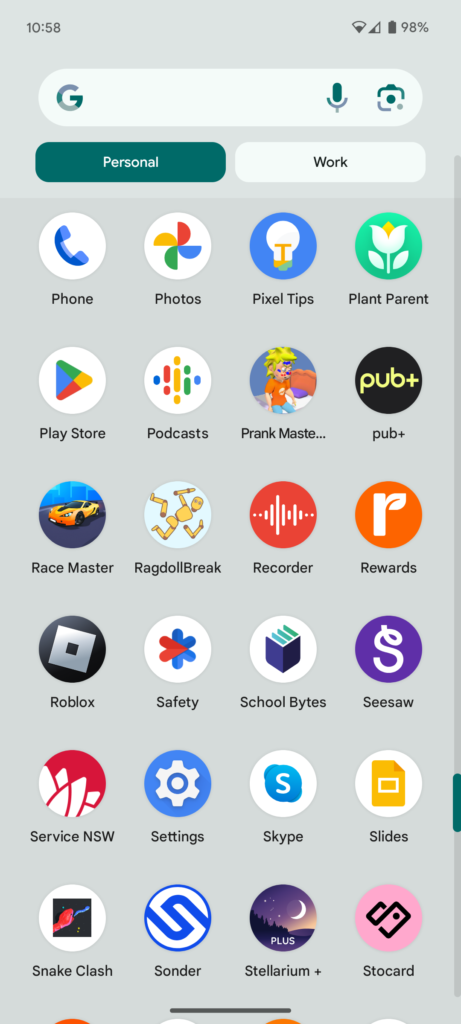
The terms “mobile app” and “mobile application” are generally interchangeable. Both refer to software designed to run on mobile devices like smartphones and tablets.
However, there’s a subtle distinction that’s sometimes made:
- Mobile App: This is the more common, informal term. It’s often used to describe smaller, focused programs designed for specific tasks.
- Mobile Application: This term is slightly more formal and is often used in professional or technical contexts. It can also imply a more complex or comprehensive software solution.
In everyday usage, though, you can safely consider them synonyms.
When choosing a platform for mobile app development, Following 7 factors should be carefully considered:
1. Target Audience and Market:
- Demographics: Who are your target users? What devices do they typically use? (iOS vs. Android, specific device models).
- Geographic Location: Are your users concentrated in a particular region? Android tends to dominate in many developing countries, while iOS has a stronger presence in North America and parts of Europe.
- Market Share: Consider the market share of different platforms in your target market. Android has a larger overall market share, but iOS users often have higher purchasing power.
2. App Functionality and Complexity:
- Features: Choosing features for the app as what is most needed with the balance of complexity to deliver. Avoid providing too many features too early on the app. Focus on a particular problem/functionality. Does your app require specific hardware features (e.g., advanced camera features, AR capabilities, specific sensors)? Some features might be better supported on one platform than another.
- Performance: Does your app require high performance (e.g., gaming, video editing)? Some platforms and development tools offer better performance optimization.
- Complexity: A simple app might be suitable for cross-platform development i.e. that can run on Android as well and iOS platforms, while a complex app might benefit from native development (designed and developed for a particular platform and operating system).
- Apple’s iPhones run on the iOS operating system. Google’s Android is the other major smartphone operating system. Unlike iOS, Android isn’t limited to just Google’s own phones. Many other companies use Android to create their own smartphones and other smart devices.
Note: Apple’s iPhones run on the iOS operating system. Google’s Android is the other major smartphone operating system. Unlike iOS, Android isn’t limited to just Google’s own phones. Many other companies use Android to create their own smartphones and other smart devices.
3. Development Costs and Time:
- Development Tools: Consider the cost (Article-bilue) and the learning curve of different development tools (e.g., native SDKs, cross-platform frameworks).
- Development Team: Do you have an in-house development team with expertise in specific platforms? Outsourcing might be necessary for platforms you don’t have expertise in. Here are some basics around iOS app development and guide for Android app development using Android Studio.
- Time to Market: Cross-platform development can often reduce development time, allowing you to reach a wider audience faster.
4. Maintenance and Updates:
- App Store Policies: Be aware of the app store policies for each platform (e.g., review process, update requirements).
- Platform Updates: Consider how platform updates might affect your app and the effort required to maintain compatibility.
- Long-Term Support: Choose a platform that offers long-term support and a stable development environment.
5. Monetization Strategy:
- App Store Revenue: Consider the revenue potential of different app stores (e.g., in-app purchases, subscriptions).
- Target User Spending: iOS users tend to spend more on apps than Android users.
- Advertising: If you plan to monetize through advertising, consider the advertising platforms available on each platform.
6. Security:
- Platform Security: Consider the security features offered by each platform.
- Data Protection: Ensure that your app complies with data protection regulations (e.g., GDPR, CCPA).
7. User Experience (UX):
Device Compatibility: Ensure that your app works well on a wide range of devices and screen sizes.
Platform Guidelines: Follow the UX guidelines for each platform to ensure a consistent and intuitive user experience.
At ArckiTech, we can help more than just an advice. Give us a call.